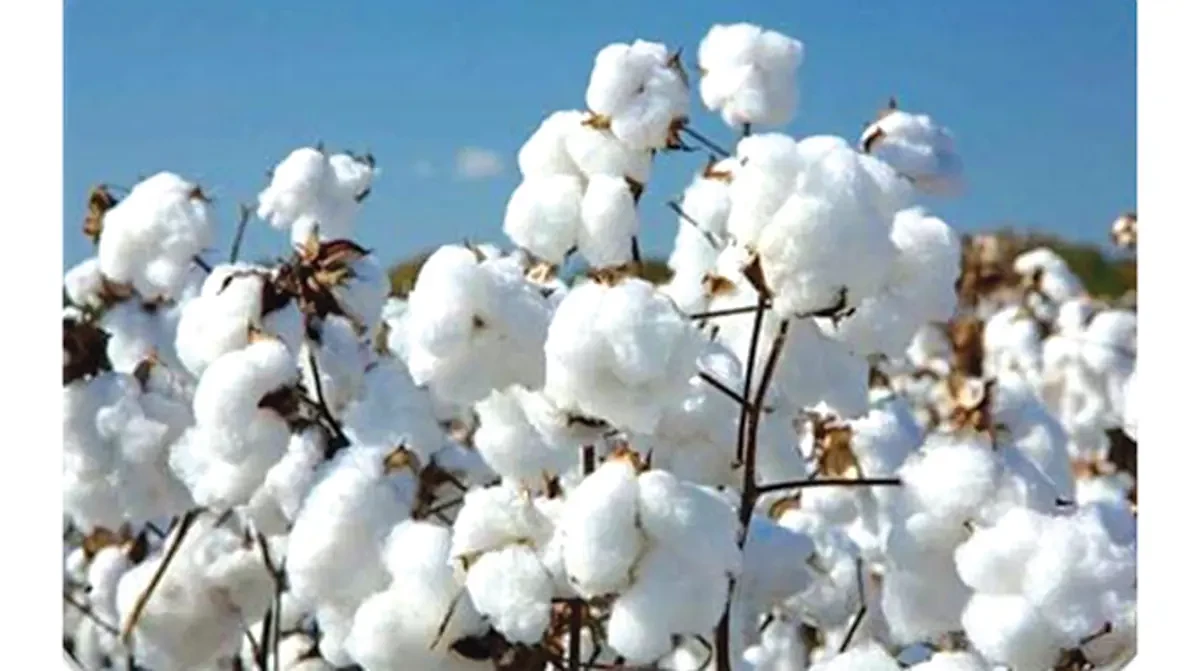
Zimbabwe’s second-largest cotton firm, Southern Cotton Company, is targeting a boom in cotton production for its operations across provinces as it seeks to match the growing export market demand for lint.
At the turn of the decade, coupled with economic headwinds, the cotton industry faced serious competition from tobacco with various farmers opting for the golden leaf where tobacco merchants dangled the greenback.
The period saw the demise of several companies in the cotton sector, leaving Cottco as the only notable player in the industry. In 2017, Southern Cotton reopened its doors to complement the Presidential free cotton inputs programme, and since then, the company has never looked back.
To date, Southern Cotton has injected millions in foreign currency in its operations, which has seen the company earning the most coveted Zimbabwe National Chamber of Commerce Most Improved Exporter of the Year award in 2022.
During a tour of its operations in Shamva recently, the company’s managing director Caos Nzenze said the export market was availing good prospects for growth hence the need to expand cotton production locally.
“We are failing to meet demand from the export market for lint. We are exporting to countries like China, among others, but the demand has been huge,” Nzenze said.
Zimbabwe is among the major cotton producers in Africa and has been exporting very good quality cotton lint to the world. At least 70% of Zimbabwe’s lint is exported, while only 30% is consumed locally, due to low-capacity utilisation in Zimbabwe.
“We are increasing hectarage under cotton in all major cotton producing areas and are also opening new areas, particularly in new resettlement areas but this means the company must set up ginneries in those areas. We have huge ideas for this country’s cotton sector and there are fantastic prospects,” Nzenze said.
- Chamisa under fire over US$120K donation
- Mavhunga puts DeMbare into Chibuku quarterfinals
- Pension funds bet on Cabora Bassa oilfields
- Councils defy govt fire tender directive
Keep Reading
He said the company was in the process of raising funding for the refurbishment of its ginning plant in Shamva to boost production capacity.
The company requires more than US$2,5 million for the project which will see the plant boosting its operational efficiencies.
“We are on the market looking for funding to refurbish the Shamva plant. The refurbishment will go a long way in boosting our efficiencies,” Nzenze said.
There are also plans by the company to value-add by-products of cotton by venturing into cooking oil and stockfeed manufacturing.
“Cotton seed and lint are the main products derived from seed cotton. Four main products can be produced from the cotton seed. These are cooking oil, cotton seed meal, laundry soap, linters and hulls,” Nzenze said.
“In all these by-products, there are investment opportunities, especially in terms of bringing cutting-edge technology to fully extract these by-products.”
The cotton industry remains strategic to Zimbabwe’s economy as it sustains about 400 000 households and has the potential to generate more foreign currency.
Cotton production is largely practised by small-holder farmers in Zimbabwe with an average of one hectare for every farmer.
Production is mainly done, on average, in drier parts of the country with considerably moderate to high temperatures and rainfall amounts averaging 500mm per annum.
Major cotton producing areas include Gokwe, Sanyati, Kadoma, Muzarabani, Mt Darwin, Chipinge, Masvingo, Matabeleland and many others that are suitable for cotton production.







